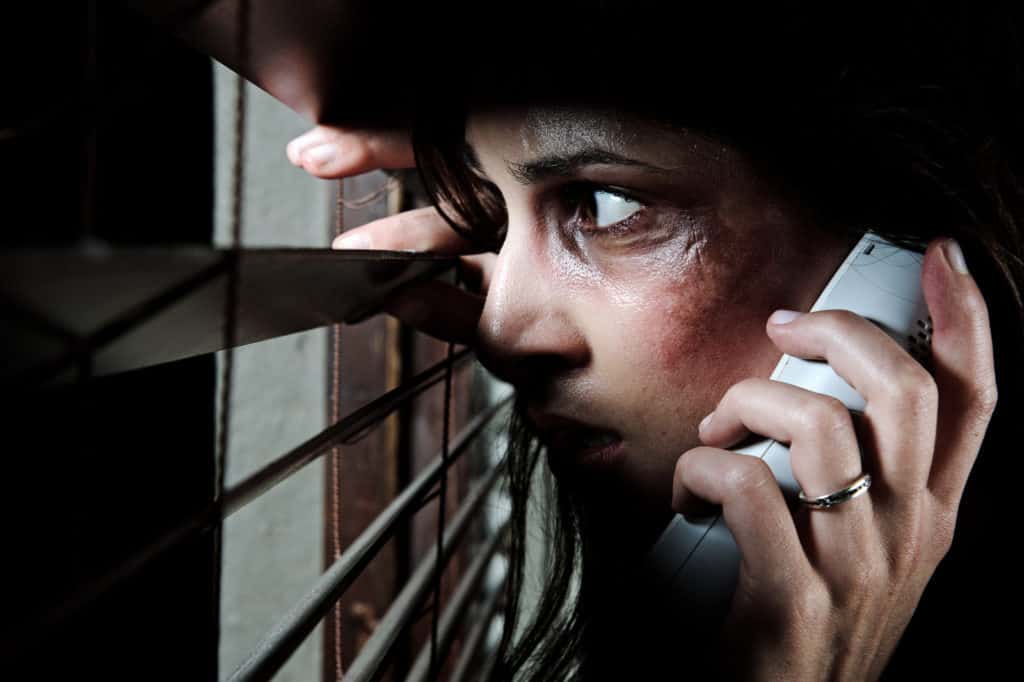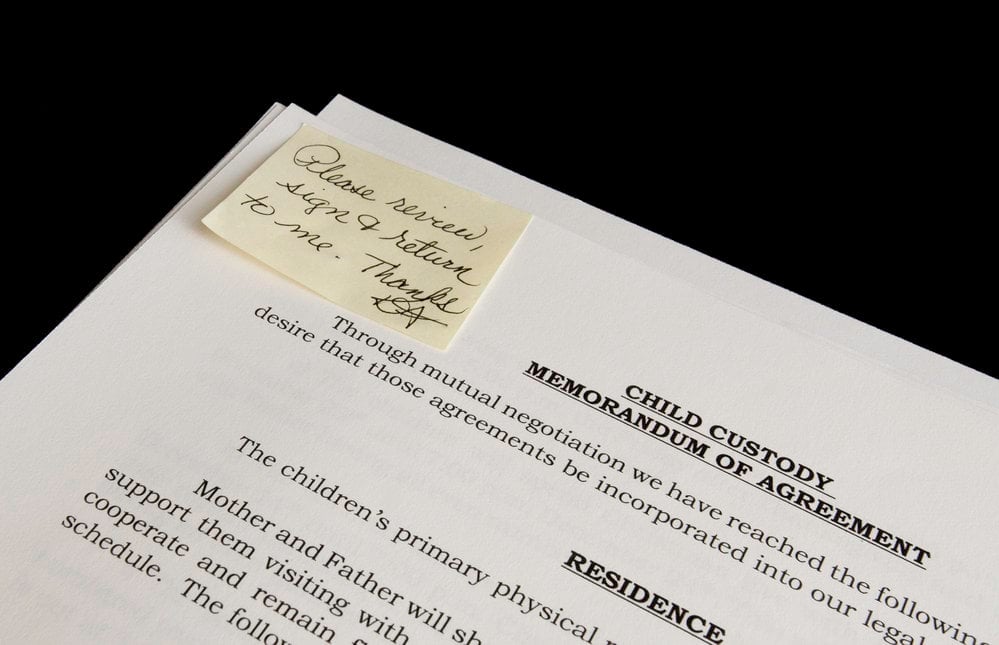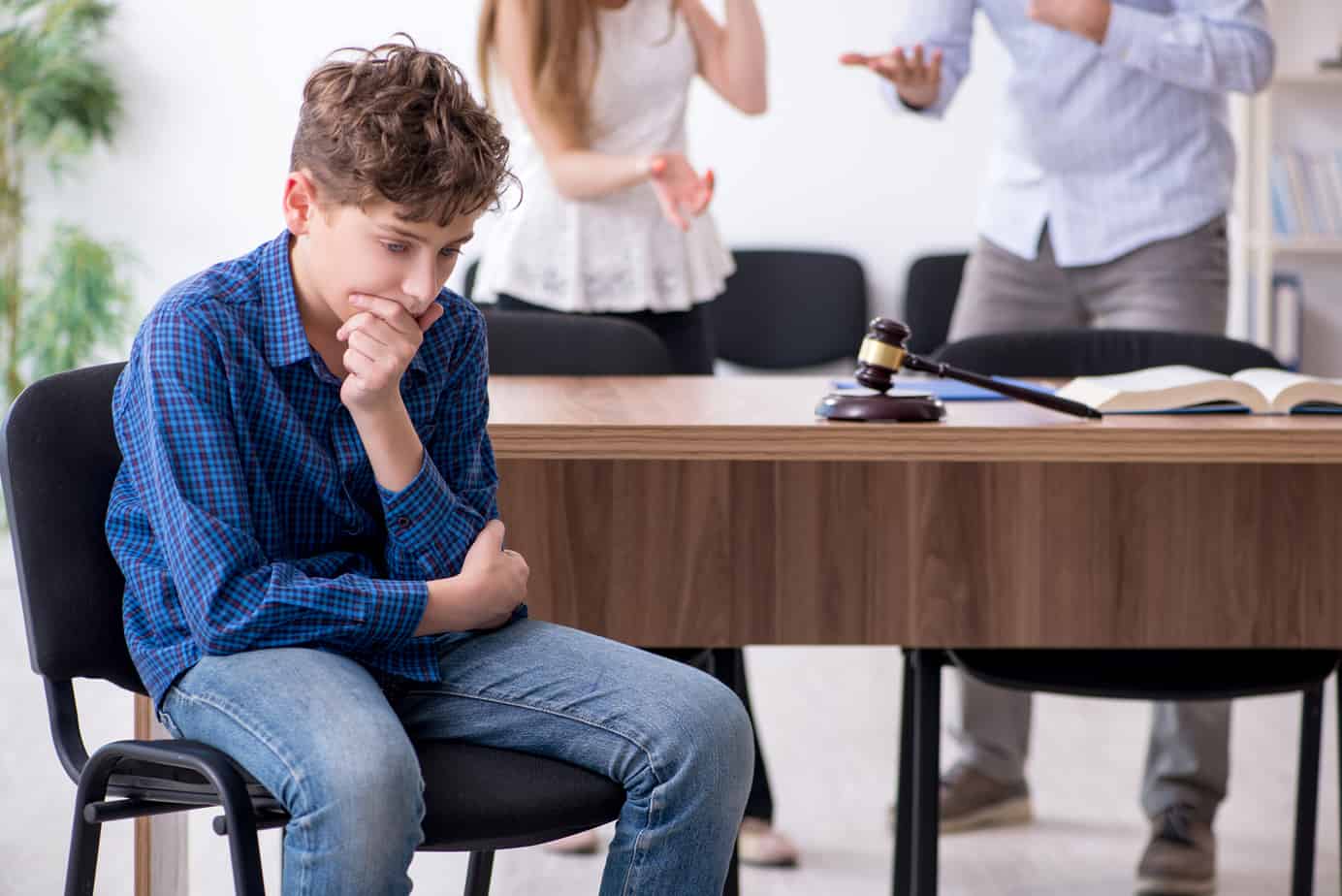Violent relationships complicate child custody issues. Partners often remain in violent relationships because there are children involved, and separating children from parents they love is difficult.
Understanding a domestic violence hearing is the first step to get the courage to file a petition.
The Goal of a Domestic Violence Hearing
A domestic violence hearing involves a judge trying to determine if there is enough evidence to provide the victim with a protective order. The protective order will allow for:
- Protection at work and home
- Protection for a specific period of time
If children are involved, the judge, in most circumstances, will grant the victim exclusive custody of the children. The goal is to ensure the safety of the children.
A court order may provide limited, supervised visits between the abuser and children if evidence supports the abuse claims. Severe cases can end with the court deciding to enforce no contact between the abuser and the children.
Keep Records of the Abuse
Detailed records of abuse should be kept. The hearing will rely on evidence, and good record-keeping can change the petition in your favor. You’ll want to write down:
- Abuse dates
- Time of abuse
- Place the abuse occurred
- Events leading to the abuse
If medical records are available, request the medical records as evidence. Any evidence, such as pictures and medical records, can help solidify your case for a protective order against your abuser.
Police records of abuse claims should be provided, too.
Judges can use these records to secure a protective order against the abuser.
Emergency Protective Order
If the children are in danger, go to the courts and ask for an emergency protective order. The order will be temporary, but it will require the abuser to stay away from you and the children. It’s only temporary, so long-term plans need to be made, too.
Make a Safety Plan
It sounds silly, but statistics show women are at the highest level of danger when they first leave the relationship. The abuser will try to maintain control, so a safety plan needs to be put in place promptly.
A few things to include in your safety plan are:
- Cash that isn’t tied to your partner
- Place clothes (for you and children) with a friend or family member
- Place(s) to stay
“It’s vital to stay at a friend or family member’s home that the abusive spouse won’t think to go to,” states experts. Abusers may go to a safe house to lure victims back in, or they may go to continue the abuse at another person’s home.
Your best friend’s home or your parent’s home are not good choices yet.
A hotel or shelter is an option if you don’t have a friend or coworker willing to help you through this difficult time.
Visitation and divorce proceedings should follow. The faster a safe environment is secured, the better. It’s important to break the abuse cycle and find a way to leave the relationship for good. A shelter will provide help finding legal assistance to get a protective order and start the divorce process.



